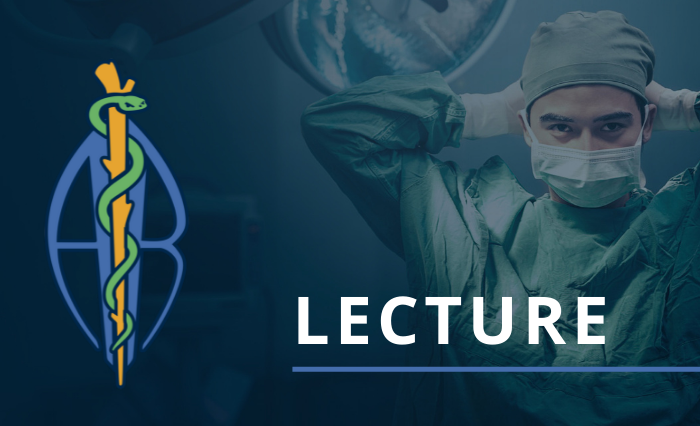Aseptic Surgery in Rodents; Fact or Fiction

Date: Thursday, September 15, 2022
Time: 3:30 pm PTDuration: 60 MinutesTrack: Thursday - Track 1
Room: Salon ABCD
Speaker: Bertrand Lussier
Moderator: Jenifer Sweet
Surgery
The surgical procedure is often referred to in terms of surgery, but it should be referred to as a surgical act that is made up of: patient preparation, equipment preparation, preparation of the surgeon, surgical procedure, post-operative care and follow-up
Surgical asepsis any measure taken to reduce bacterial contamination at the surgical site, aiming to reduce postoperative infections.
• Direct measures
• Patient preparation: shaving, depilation, disinfection of the surgical site, sterile drapes, sterile envelope for instruments, continuity of the operating field, normothermia, hydration, analgesia
• Equipment preparation: sterile, adapted, back up kit?
• Preparation of the surgeon
• Indirect measures
• Respect for Halstead principles: strict asepsis, atraumatic tissue manipulation, precise and meticulous hemostasis, accurate and tension-free application of the tissues while preserving vascularization, judicious use of suture materials, obliteration of dead spaces
What is different of surgeries in the laboratory setting in rodents?
• Laboratory guidelines
• Issued by CCPA
• Are philosophical which gives users a lot of laxity
• Surgical procedures very rarely performed by the veterinarian
• Veterinarian advised when there are problems
• Rodents are small …
• Sometimes they are immuno-compromised, immuno-incompetent or immunosuppressed
• Limited and difficult anesthetic monitoring
• Resources ($$ and staff) are limited and must be optimized
• Serial surgeries
• Little objective information – literature
• Very “basic”, few articles, a lot of guidelines …
• Fight against the resistance of researchers …….
• Fight against our prejudices….
How to adapt our surgical procedure?
• First of all be convinced that change is necessary
• Changing our habits means using refinement and resulting in a potential reduction in the number of animals used
• Have clear recommendations
• SOPs
• Training
What are the means available to achieve this?
The means are available and are not very expensive !!!
• Strict asepsis: Hand disinfection and wearing sterile gloves, Preparation of the surgical site, Use of surgical drapes of appropriate size and sterile equipment, Antibioprophylaxis (if contaminated surgery), For serial surgeries, the tip of the instruments is re-sterilized after cleaning them with sterile water and wiping with dry sterile gauze, Maximum of 6 surgeries with the same kit
• Atraumatic tissue manipulation: Adapted instrumentation, Surgical magnifiers or microscope, Adapted surgical technique
• Precise and meticulous hemostasis: Direct pressure, Micro-hemostats, Electrocautery?
• Precise and tension-free application of the tissues while preserving the vascularization: Closure in several planes
• Judicious use of suture materials: Mouse: 8-0, Rats: 5-0 or 6-0, Rabbits: 4-0
• Obliteration of dead spaces:Most common user error …Extensive dissection and only close the skin under tension …
This is an archived event. Please log in with your member account to access these resources.
Speaker
Professor
Faculty of Veterinary Medicine - Department of Clinical Sciences
University of Montreal
View More From This Track
- Baseline Hemodynamics Including Aortic and Pulmonary Blood Flow in a Chronic Bovine Model
Speaker: Angel Moctezuma-Ramirez - Thursday, September 15, 2022 9:30 am - Liver Regeneration Model in Cynomolgus Monkeys
Speaker: Randy Pielemeier - Thursday, September 15, 2022 10:30 am - How to Prepare for A Model I Have Never Performed Before?
Speaker: Bertrand Lussier - Thursday, September 15, 2022 11:00 am - Curious George Goes To The Podium – Coaching and Encouragement for Future ASR Presenters
Speakers: Leslie Stoll, Steven Kreuser - Thursday, September 15, 2022 11:30 am - Technical Insights for Cochlear Administration in the NHP
Speaker: Frederick Emond - Thursday, September 15, 2022 1:00 pm

